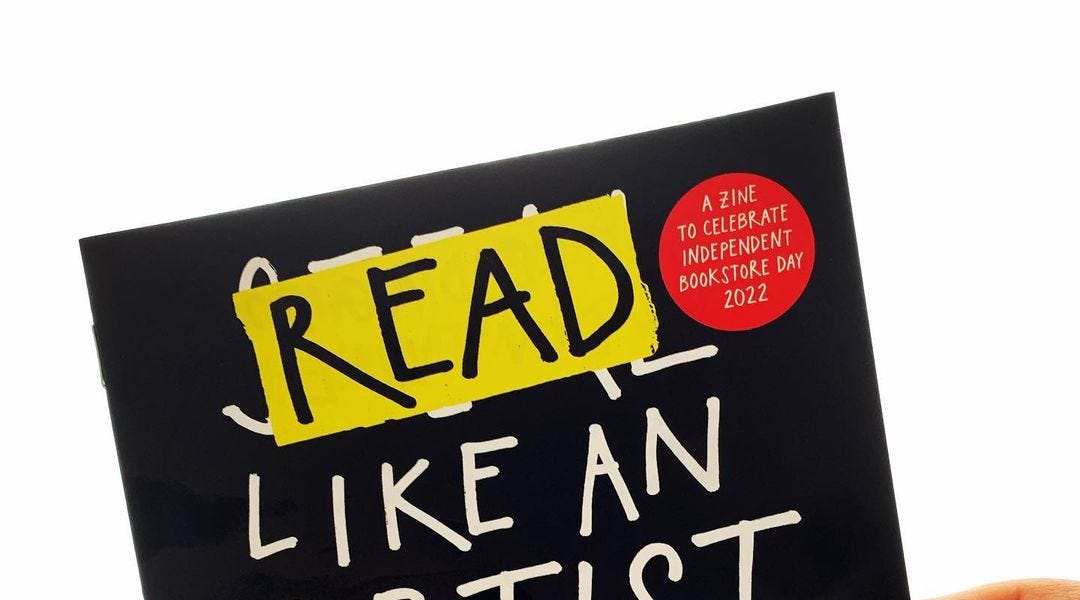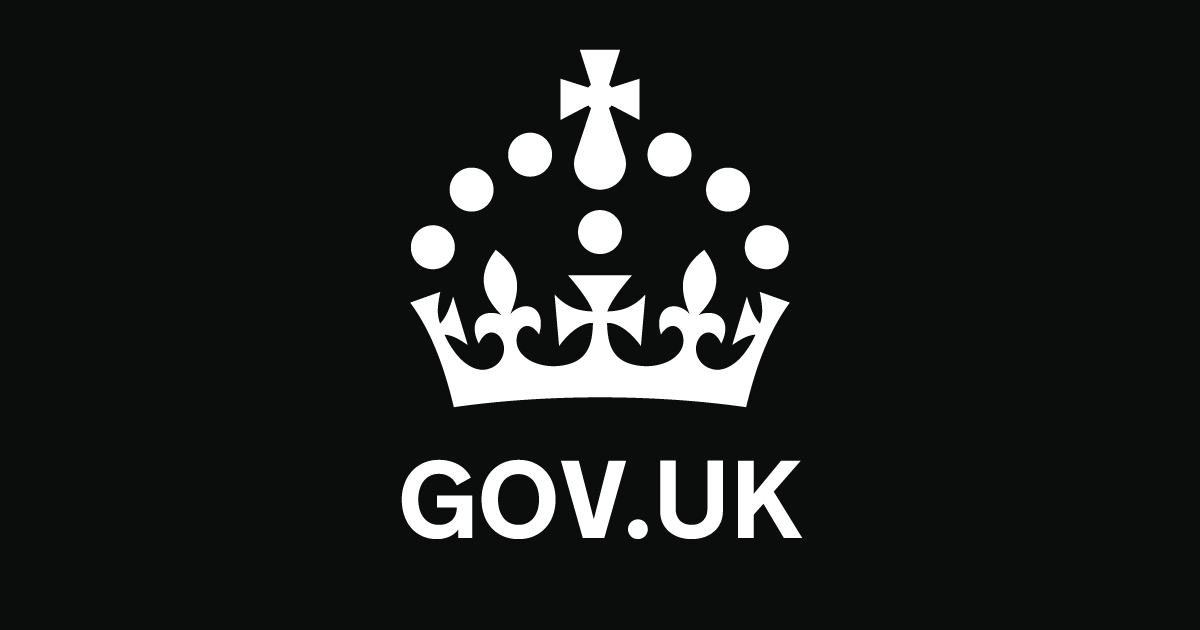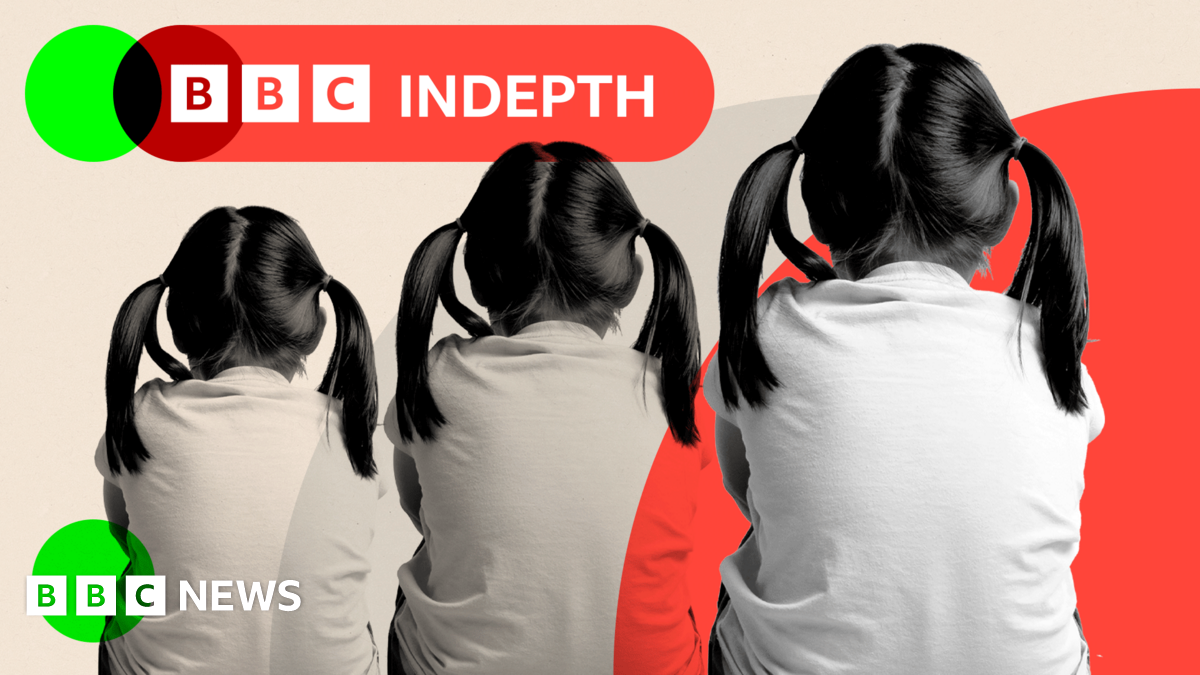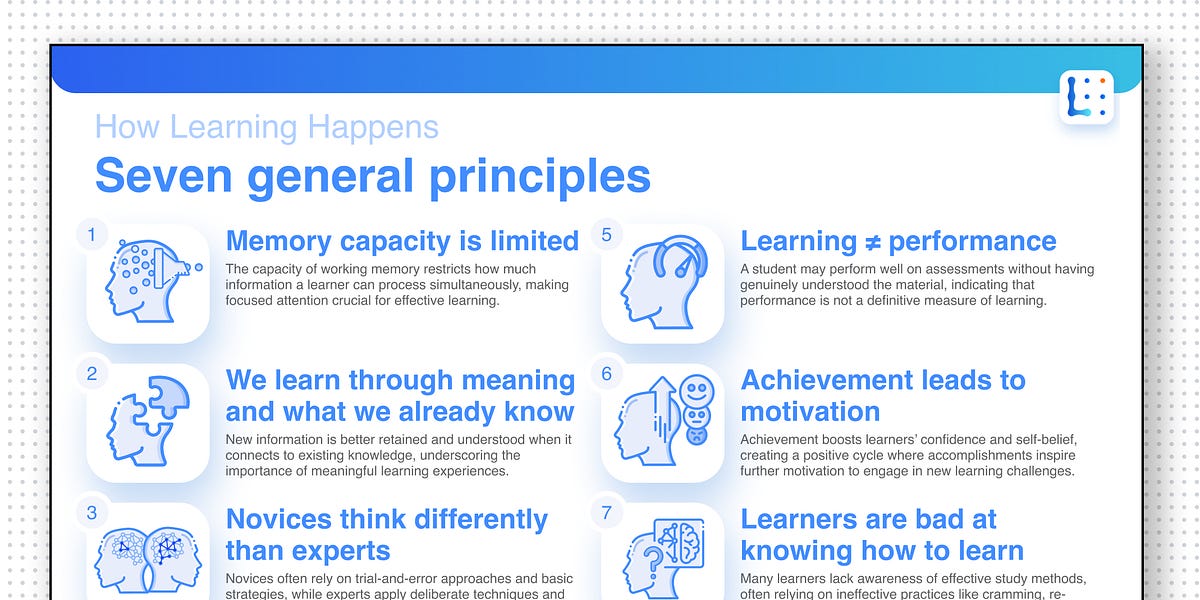- The Friday Mindset
- Posts
- Friday Mindset #148
Friday Mindset #148
Helping students get better at studenting
Happy Friday folks.
The final bell of the day has gone. The pile-up in the car-park has eased, the buses have pulled away in clouds of diesel and the sun-baked sports fields are empty.
It’s just you and your Vauxhall Corsa. So brew up, break-open the bourbon creams, and we can spend the last ten-minutes of the working week in satisfied reflection.
Let’s dive in.
Something to try...
Austin Kleon’s read-like-an-artist challenge is a lovely activity to do with your tutor group. Make it last a week or two; all the details you need are below. Kleon provides a series of ten rules for reading, expressed in a lively and liberating way, and you can print it off as a little magazine.
Read Kleon’s guide all together, then give some time for students to reflect on what they’ve loved reading in the past, what topics interest them now, and what they might want to look for then… go to the school/college library together.
It’s going to be eye-opening!
Something we're reading...
A recent government report is worth checking out. It details two projects attempting to improve young people’s mental health in schools. Both are delivered to participants who are tested before and after by questionnaire responses.
The first, YAM (Youth Aware of Mental Health) is a five-lesson package designed in Sweden and the US, and adapted for the UK.
The second, The Guide, is a six-lesson programme from Canada, adapted for use in the UK.
Neither programme had an impact. One made kids’ mental health worse.
But programmes that don’t work are nevertheless interesting to read about, and this report is no different. Is the problem the programme itself? Is it the quality of implementation? Are potential successes offset by increasing anxiety about covid and international politics? Or do we raise anxiety about mental health by exploring it in relentless detail via well-meaning support programmes?
This stuff could be your whole-school remit one day - so this is well worth a read and a think. Follow the link and choose the top document:
A good piece to read alongside the study above, is this one:
You’ll need to sign in to your BBC account to read it - but with both pieces together, you’ve got an interesting starting point for an exploration of the topic.
Our latest offer...
It’s time for a book giveaway! We have a copy of Mo Gawdat’s Solve for Happy to give away this week. We’ve read it, lent it out to students, got it back, skimmed it again… and wrecked the spine. It’s seen some action, but it’s in OK condish, and an interesting read. Some students seem to have enjoyed reading sections too.
Fancy us posting it out to you? Just give us a shout at [email protected]. If you’re the first, we’ll stick it in the post.
Email us now. Go!
And that’s it for this week, folks. Time to thumb a slice of lime into the neck of a Corona we reckon. All the best to you and yours,
Steve, Martin and Tony
p.s. Here’s a neat resource to check out from teacher Alex Koks. There’s a downloadable infographic too:
p.p.s. We almost never look at all the data the newsletter service-providers send our way, other than what percentage of you open and read it. But we found a tab that tells us when people open and read.
So many of you do it on a Monday morning. Blimey, our celebratory start-of-the-weekend nonsense must really grate. Apologies. 😂




Reply